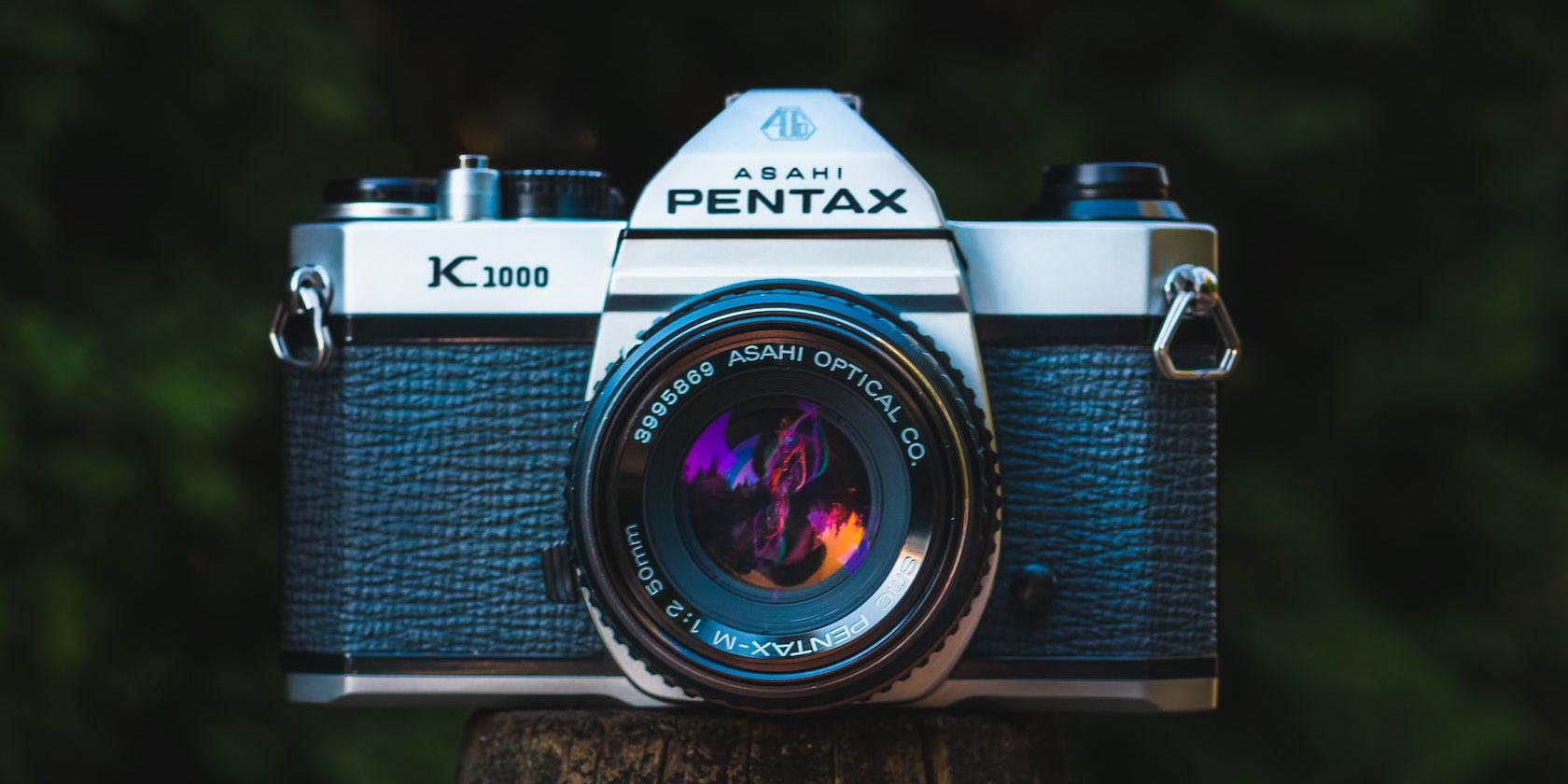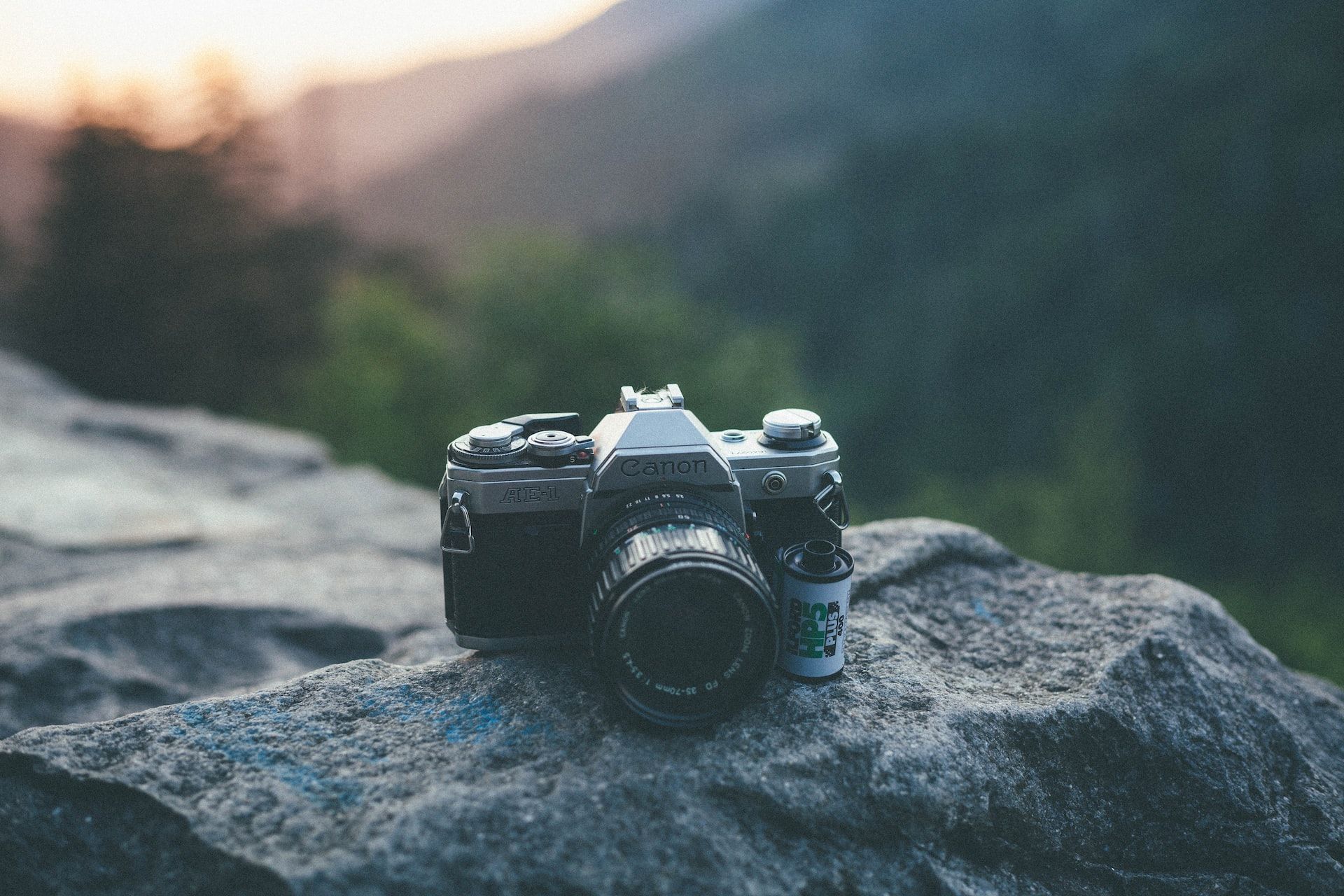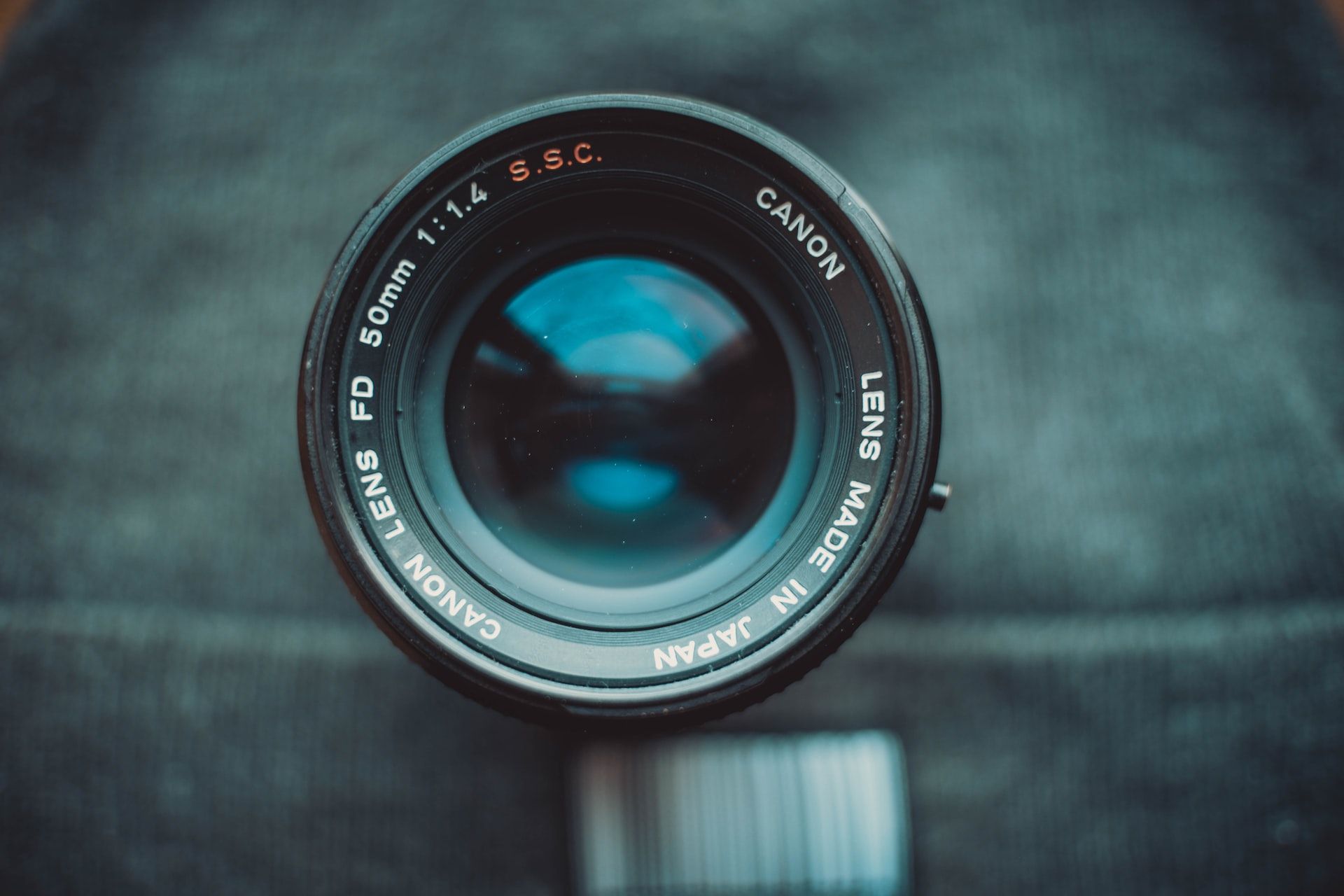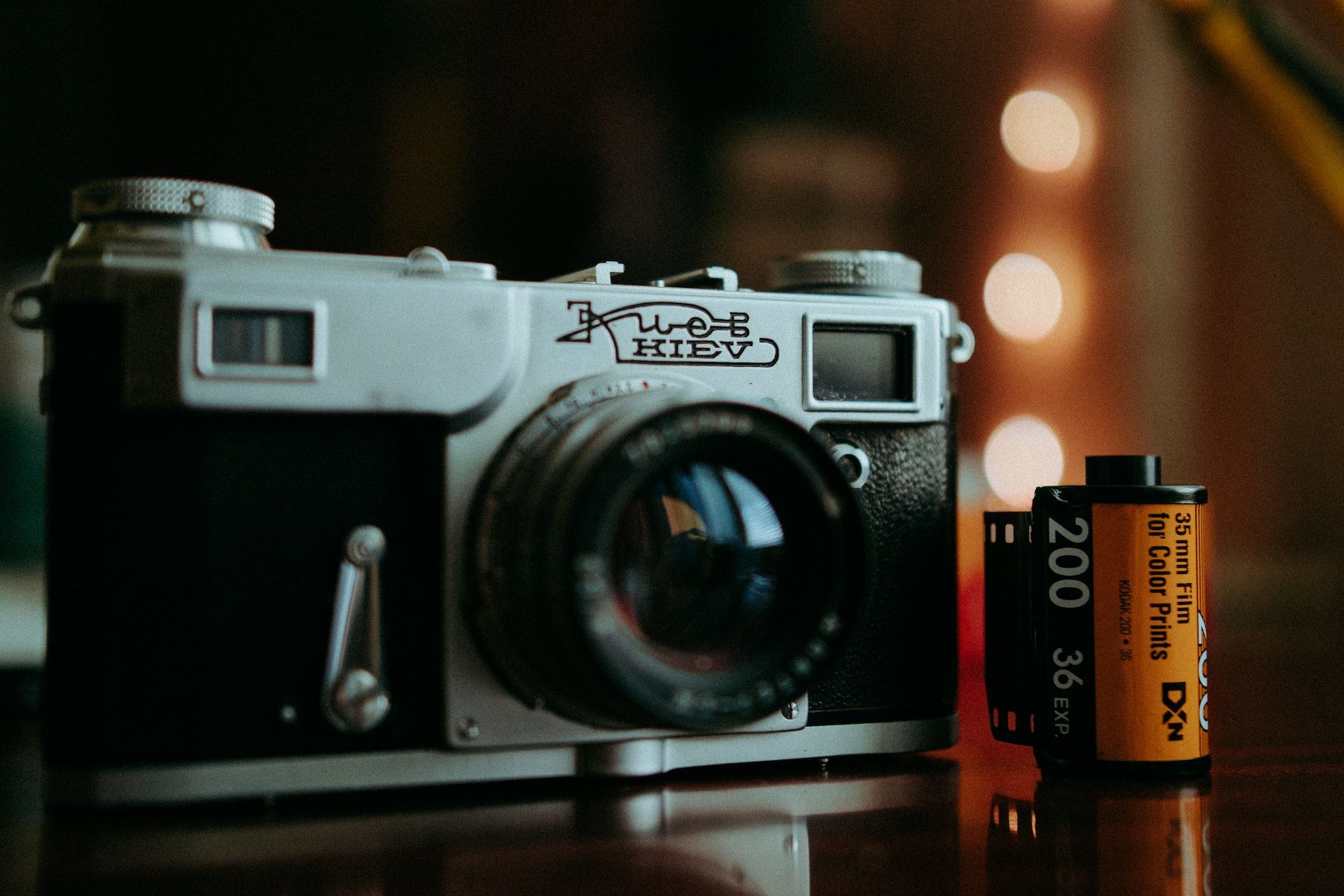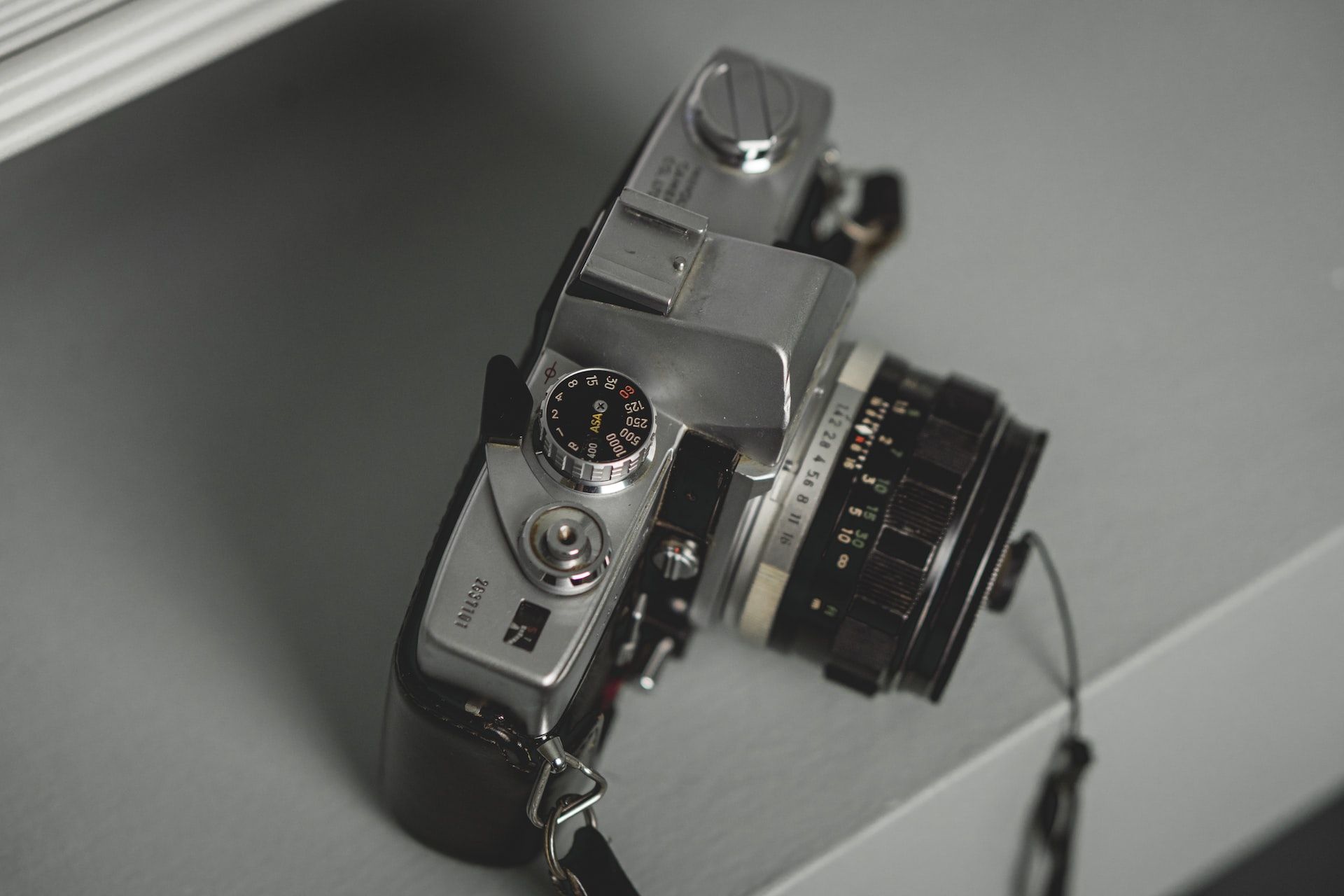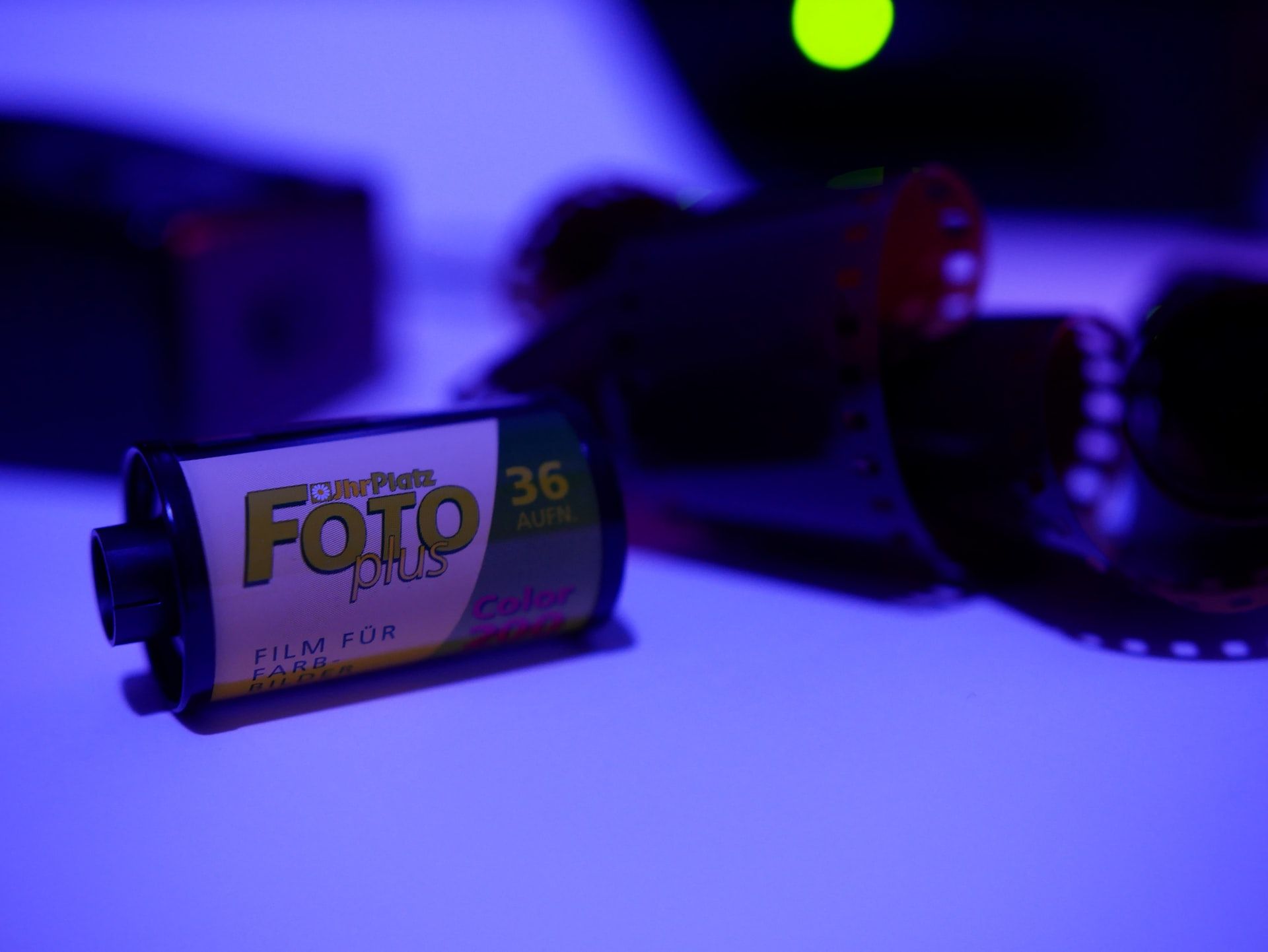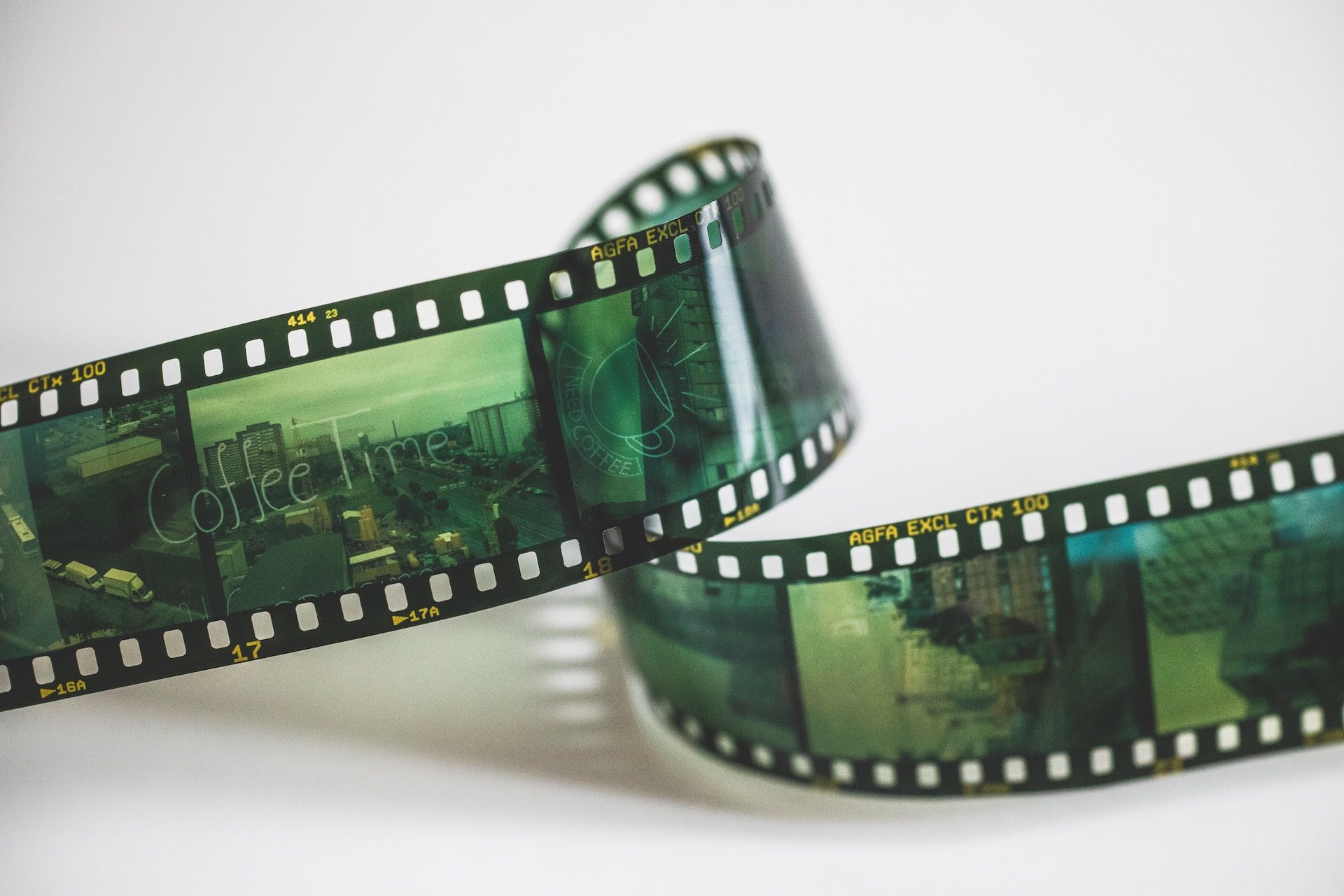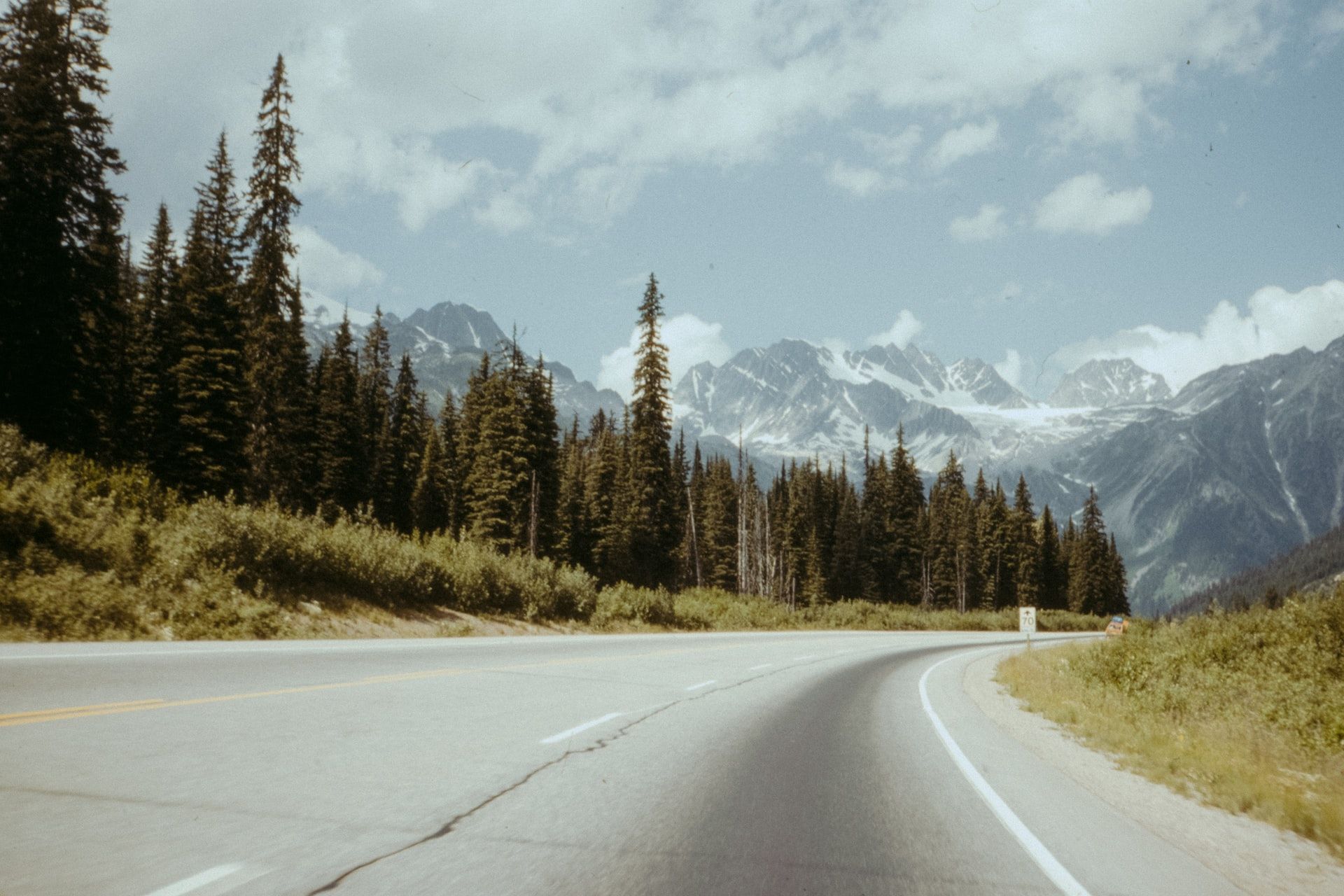Film is something every photographer wants to try out at some point, but it can be daunting. There are so many bodies and film to choose from, and beginners may be overwhelmed with no auto-exposure or autofocus options. But if you're confident in manually shooting and are up for the challenge, here is our complete guide for getting started with film photography.
Film Camera Bodies
Choosing a camera body for film photography is actually much easier than choosing a digital camera. This is because there's much less software to compare; there are no autofocus modes, auto-exposure, Bluetooth functionality to wirelessly transfer photos, or an SD card slot. What makes the photos special are usually the lens and film, which we'll get into later.
There are a few things that most film cameras have in common however; this includes the rangefinder, shutter button, where film is loaded, and so on. Everything is mainly mechanical, so parts last a long time and can be easily repaired. The shutter buttons have a very satisfying click, and rangefinders show you exactly what's coming through the lens.
When the shutter button is pressed, the camera imprints an image onto an exposure of film. You then have to advance the film using a lever, usually near the shutter button, to move to a new, blank exposure. This way, you don't accidentally shoot multiple images over the same part of the film.
Some of our favorite beginner camera bodies are the Minolta SR-T 101, Canon AE-1, and Pentax K1000.
Lenses
If you're familiar with lenses for digital cameras, you'll feel right at home with those made for film.
The vast majority of lenses that come with used film camera bodies will be prime lenses. This means they will have a fixed focal length and can only be manually focused. It may sound complex for those that rely on autofocus with modern DSLRs, but it's a simple task.
Within the viewfinder, you'll see either a circle or a rectangle that identifies the center of what you're focusing on. As you turn the focus ring, you'll see the image slowly become sharper.
There are lots of different lenses to choose from with film; many lenses that come with used camera bodies will either have a 28mm, 35mm, or 50mm focal length. Lenses with a 28-35mm focal length are great all-round lenses that can be used for landscapes, portraits, architecture, and anything else you can think of. Anything over 50mm tends to be best for portraits; they'll give your image a shallow depth of field and make your subject pop against the background.
Just like with modern digital cameras, there are hundreds of lenses to choose from, including telephoto, which is great for shooting wildlife, as well as zoom lenses, such as a 28-70mm, which is a great overall lens for everything.
The Film
There's a wide range of film on the market from various brands that give your photos a certain look. This may seem overwhelming at first, but it's actually very exciting to be able to try out a new roll of film whenever you'd like to get a different look.
Generally speaking, there are three sizes of film; 35mm, medium format, and large format. Most affordable cameras use 35mm film, while more expensive models, such as the Mamiya RZ67, use medium format film.
You can choose to get color negative film, which is most common, as well as black and white. There are lots of color films on the market that give your photos a certain look. For example, Kodak Gold 200 accentuates the oranges and yellows, giving the photo a vintage, warm vibe. In contrast, Cinestill 800T tends to give photos a more cinematic look.
You may have noticed a number after the brand name; that's the ISO. With modern digital cameras, you can choose any ISO you want. When shooting analog, the film decides. If you know you'll be shooting more daytime photos, a 200 to 400 film will work fine. If you plan to shoot at night or in a darker environment like a concert venue, a film stock with 800 ISO may be the way to go to capture a well-exposed, sharp image.
Capturing the Photos
You now have a camera body, a lens, and film, but how do you shoot a good image? Just like any new medium, shooting film will take practice; however, knowledge of what shutter speed, aperture, and ISO do is critical to understanding how to take a good photo.
Digital cameras show a preview of what you're about to capture, and then the final result once the image is captured; this is not the case with film. To know if your shot is exposed well, most film cameras have a built-in light meter that can be seen through the viewfinder.
The goal is to line up the needle with the little magnifying glass. This is done by adjusting the shutter speed and aperture. If your light meter is not moving, you may need a new battery. If that's the case, use a light meter on your phone such as Light Meter Ultra for iOS.
Next, you must manually focus your image. This may sound daunting if you rely on autofocus on your digital camera, but it's extremely satisfying when you get it right. Simply turn the focus ring until you see a sharp image in the center of the viewfinder, then snap the shot.
Developing the Film
Developing film on your own can be complex, so for beginners, we recommend getting them developed by a lab.
Pharmacies such as CVS and Walgreens often have photo departments solely for printing and developing film. Our top choice to develop your film is with local camera shops; this way, you're supporting small businesses and getting back an amazing product.
You can also ship your rolls of film to developers online if you don't have any local camera shops near you.
Scanning the Photos
How are photographers posting their physical film photos on places like Instagram and Grainery? Well, the photos need to be scanned and then sent to a smartphone or tablet. There are a couple of options.
First, the company you get your film developed at will usually offer to take scans for you. This may cost extra or will be included in the cost of development. They also offer prints of your photos, which can then be scanned using a smartphone, DSLR, or printer.
Those who decide to develop their own film often scan their film as well. One option is using a flatbed scanner like the Epson V550. Kodak also makes a more affordable scanner called the Kodak Slide N Scan. If you're just getting into film photography, these options are still pricey, so getting your scans from the developer might be your best option.
Those looking to shoot film professionally may want to develop their own film and get their own scanner for faster turnaround times for the client. It's also more cost-effective in the long run.
Tips for Beginner Film Photographers
You now know how to get started; here are a few things to keep in mind while shooting.
When you're going out for a long day of shooting, bring an extra roll of film or two. You never want to miss a shot simply because you ran out of film. Bringing two types of film may also be helpful; 400 ISO film during the day, and 800 ISO at night.
If your camera doesn't have an adjustable shutter speed, or you're shooting in darker conditions, a tripod may be worth the investment to guarantee a sharp image.
Want to know more about your film camera, but it didn't come with an original owner's manual? Butkus has almost every original manual from 1997 to 2022. It may not be the prettiest website ever, but it's extremely useful.
Should You Try Film Photography?
If you're feeling bored with your DSLR or mirrorless camera, we highly recommend trying out film photography. This is especially true for those wanting a challenge; it brings together all your knowledge of photography, such as composition, exposure, and manual focus.
Although instant film cameras, such as Polaroids, are fun and easy to use, they don't provide much of a challenge. Grab yourself a vintage film camera and start shooting.

